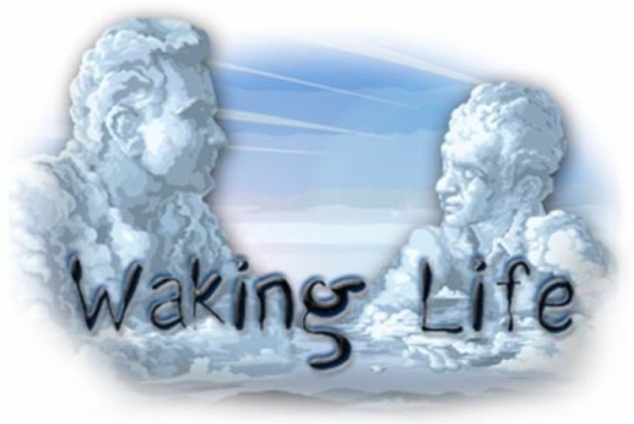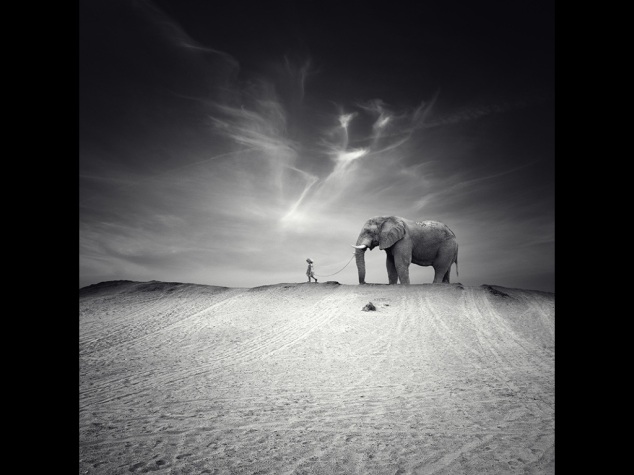You can find Part 2 here.
A while back, I began to explore the origin of consciousness in the work of Roger Penrose and Stuart Hameroff; check out my blog posts, entitled Is You Is O’ Is You Ain’t Conscious?, A Brief History of the Density Matrix , The Density Matrix, and A Note on R and the 2nd Law of Thermodynamics. These notes approach the problem from the point of view of mathematics, first of all, and second, specifically from the model given by quantum physics.
In his books, The Emperor’s New Mind and Shadows of the Mind, Penrose took me on a journey through the limitations of mathematical knowledge in terms of creating an algorithm, that is, an organized, logical, consistent ‘formal’ system, for producing consciousness. On the basis of Kurt Gödel’s awesome, all-powerful Incompleteness Theorem, Penrose concludes that consciousness is not computable, and he points out that there are many, many concepts that are not computable, this is nothing new, Turing’s ‘halting problem’ being the primary example. In a nutshell then, Penrose uses Gödel’s mighty reductio ad absurdum to demonstrate that there is no such thing as a provably true, consistent formal system: this sentence, indeed, is false.
This raises the question as to how we can know truth, since we cannot discover it through any formal logical system whatsoever. For instance, the formal proof that 1+1=2 is quite lengthy and can be shown by the Incompleteness Theorem to be not provably consistent, and therefore, not a proof. While it is a proof of consistency, it is not a provably certain one. And this is, in fact, the upshot of Gödel’s theorem, according to Penrose; i.e., that the Incompleteness Theorem is an unassailable refutation of the provable consistency of any and every formal system whatsoever, and so, therefore, no formal system is reliably capable of generating that kind of intuitive grasp of truth that we all seem to possess. In effect, truth does not emerge from mathematics but rather, mathematics emerges from truth. Truth is important in that any algorithm that might generate consciousness should generate a true perception of the world. Without a mathematics whose consistency is provably true, we could never know for sure if our algorithm is reliable.
The point is that our intuitive grasp of truth, how we do know that 1+1=2, is obviously not on the basis of, i.e. not generated by, any formal mathematical system or any algorithm based on any such system and never will be because of the great Kurt Gödel. Further, Penrose supposes, perhaps a new, more powerful mathematics will be necessary to approach the problem of how consciousness arises from ordinary matter but this does not mean that the solution will be computable. This obviously has strong implications for AI and the possibility of developing a conscious computer.
What Penrose does find is unbelievably fascinating. He raises the question whether there is some non-computable property of ordinary matter…photons, electrons, atoms…you know… that has been overlooked by science to this point. He asks whether such a property might be employed in the production of consciousness and, therefore, in the engineering of a conscious machine. This is an astounding question, the question of an innovator, the question a child might ask! I mean, most of us would probably assume that there couldn’t be such an unknown property, given all the myriad and plethora of work that’s been done in theoretical physics. Even more astoundingly, he then finds this property in the standard quantum mechanical model.
Penrose proposes that the specific material property demonstrated by the phenomenon of quantum superposition involves a resolution or reduction process in the identification of a particle from out of the undifferentiated complex nonlocality of the density matrix, a deliberately ‘fuzzy’ mathematical terminology (|ψ + |φ), into the well defined classical state we discover upon measurement. He argues that this resolution process (R) of the deterministic (meaning it will continue indefinitely) Schrödinger wave (U), reveals that quantum superpositions are not time-symmetric, that is, they cannot run both forwards and backwards in time. This is revealed because the R procedure is arbitrary and is not derived from the deterministic equation (U), so it must be an approximation of some process yet unknown. It is also revealed by the obvious common sense absurdities arising from a reversal of U, including, for instance, the emission of a photon from a non-light source. Penrose reasons that this is similar and perhaps related to that other non-time-symmetric process in mathematics, the second law of thermodynamics involving entropy. Gravity provides a constraint or obstacle in spacetime so that entropy cannot flow backwards in time; likewise, quantum superpositions must be constrained by some kind of gravitational action.
Penrose brilliantly theorizes that the double-spiked state vector of the superposition is associated with two completely separate spacetime geometries, something for which Einstein’s theory of General Relativity has no expression. There is no way to mathematically express the relationship between the two separate spacetime geometries of the quantum superposition on Einstein’s relativistic curved spacetime tensor, making the mathematical formulation “profoundly obscure” and lending weight to the conjecture that it is not computable. Penrose argues that because of this separation of gravitational spacetime geometries, the superposition state is unstable and that the energy required to maintain the superposition separation is inversely proportional to the time that the state can be maintained; that is, the greater the energy, the shorter the time. Further, the quantum superposition separation distance is supposed to be on the Planck scale, resulting in a quantum gravitational measurement for the resolution process, yielding extremely reasonable mathematical results when applied to the tiny masses involved: E=ħ/t. Wow.
While I’m catching my breath, Sir Roger goes on to describe how consciousness can arise from this kind of objective reduction of a quantum superposition, in that each resolution (R) of the superposition would be a conscious moment, like a little captured frame of reality…REAL reality, not just a reproduction or simulation. The ‘decision’ that is made when the resolution occurs is the snapshot, the production, of a tiny frame of reality. On this basis, he wonders whether there might be some structure or process in the brain that can produce and maintain quantum superpositions at the appropriate amplitudes. He reasons that while low amplitude quantum superpositions might exist in the universe and might yield low-grade conscious moments individually, a sustained series of high amplitude objective reductions would require an insulated environment.
So, although it is not a generator, mathematics might make use of the rudimentary conscious perception inherent in particulate matter, at this most basic level, in appropriately designed devices. Mathematics seems to be the thing that shapes consciousness, analogous to the manifold of string theory; the gravitational field is this mathematical thing, in reality, and quantum gravity is the mathematics of objectively resolving trajectories in this field. According to Penrose’s colleague, Stuart Hameroff, Director of the Center for Consciousness Studies at the University of Arizona, one could make the astounding assertion that,
…we are built into the universe, I mean, these objective reductions are…reorganizations, a reshuffling of the makeup of the universe…of material reality as it’s forming; we are part of that.
Again, wow.








